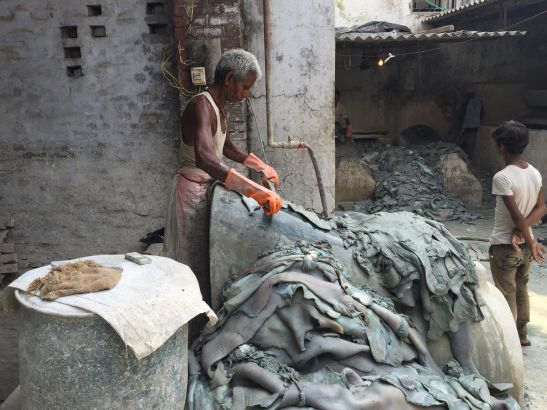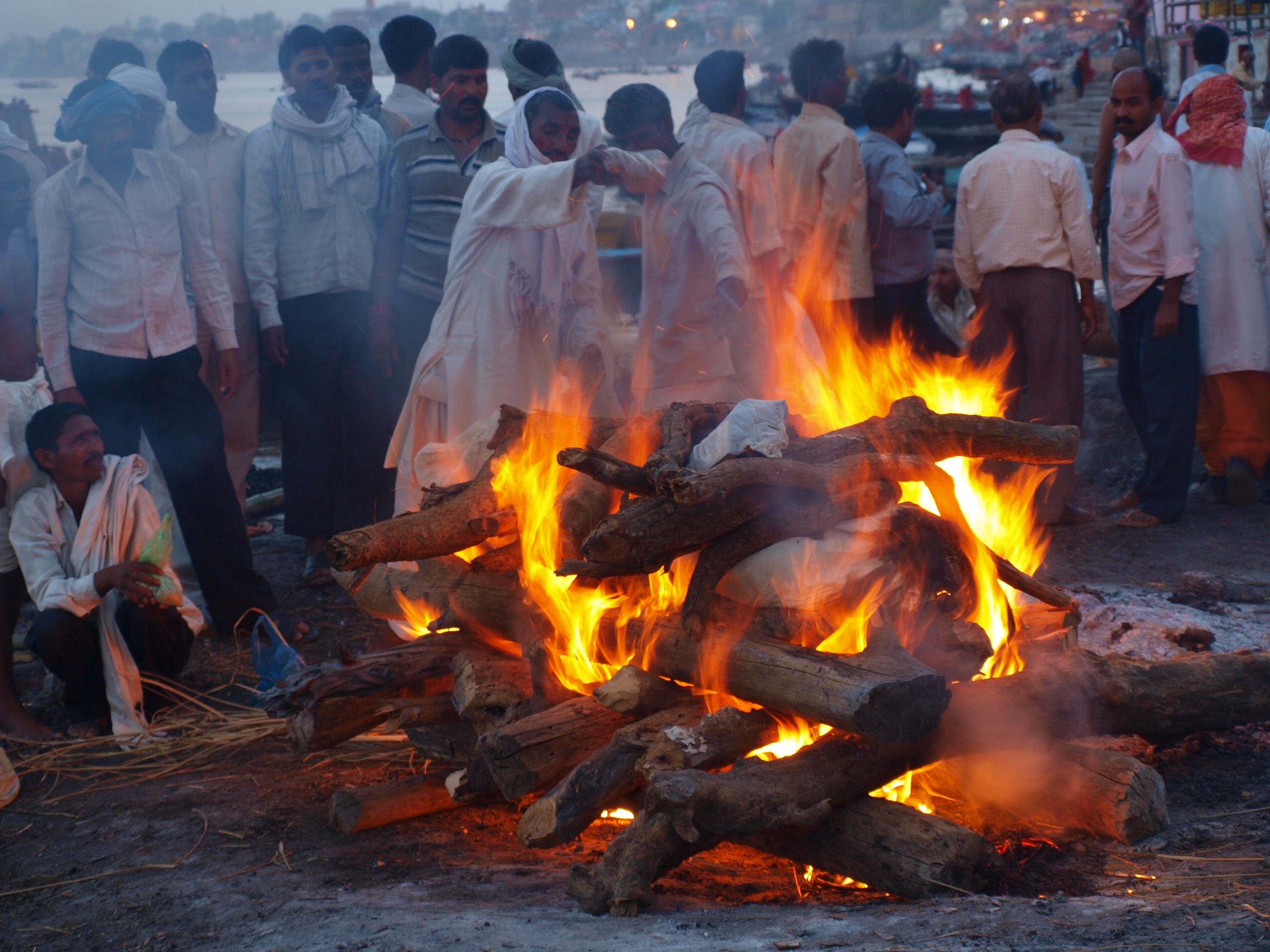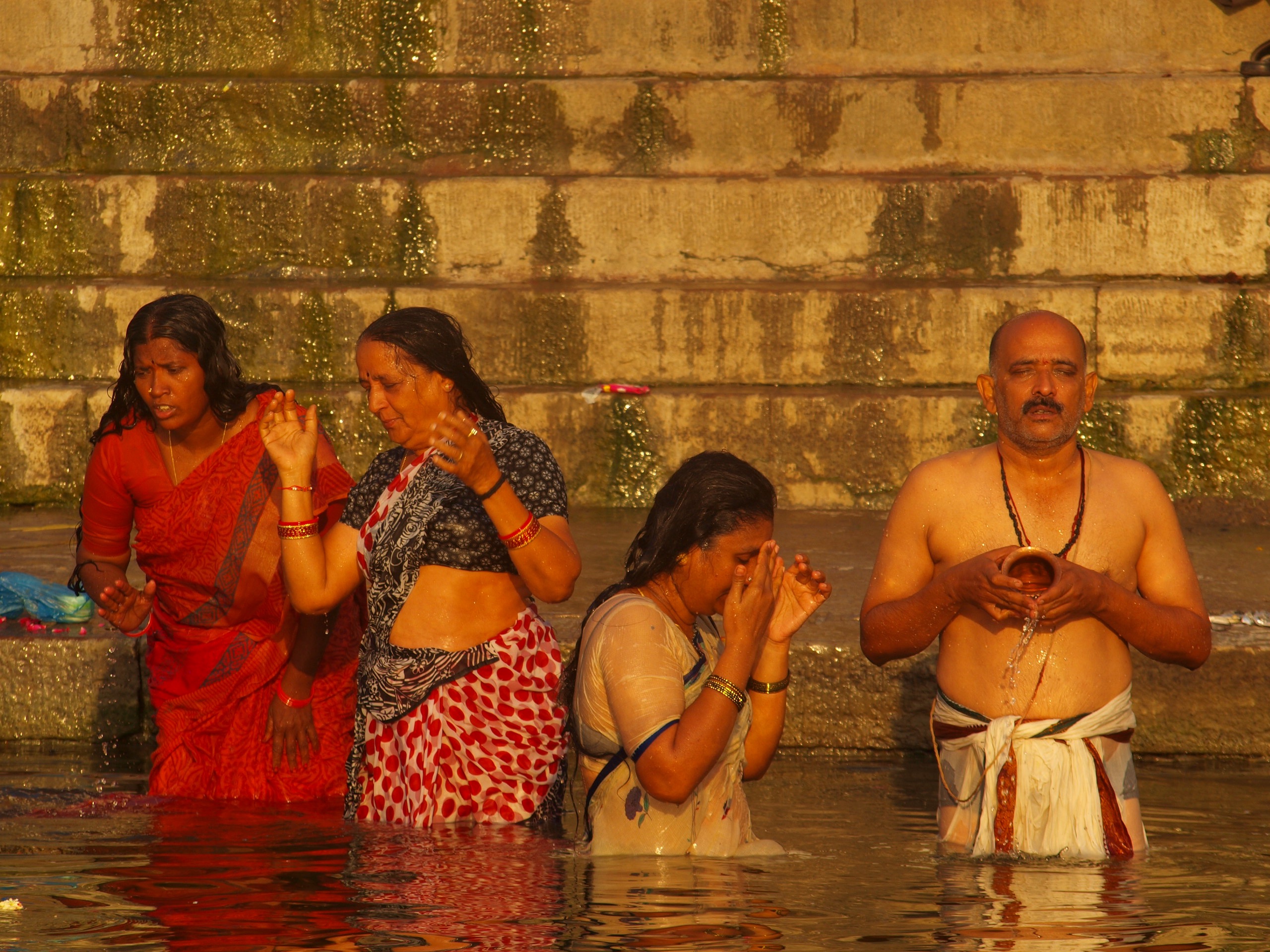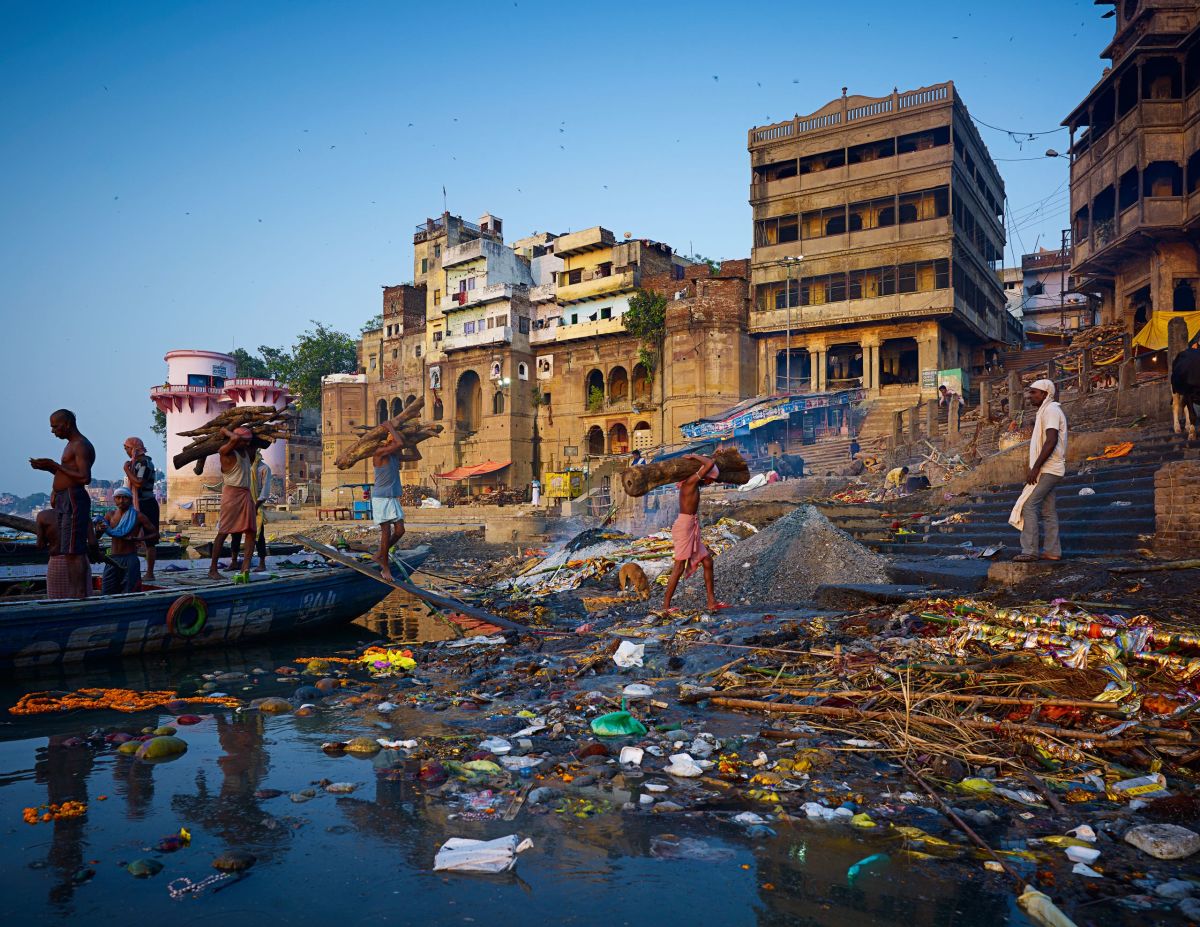
Journalist George Black takes an unconventional look at the efforts by Prime Minister Narendra Modi to clean up India's most sacred river. Black's story for The New Yorker examines the deeper political dynamics behind Modi's "Namami Gange" campaign, examining how it relates to Modi's background as a militant Hindu nationalist and how it may inflame Hindu-Muslim tensions in the northern state of Uttar Pradesh. With a population of more than 200 million, 18 percent of them Muslims, UP, as it's known, is the heartland of caste prejudice and communal violence, as well as holding the key to India's electoral politics.
These tensions are summed up in Black's reporting from two of the most important cities on the Ganges. Kanpur is home to more than 400 tanneries, a grossly polluting industry that is entirely Muslim-owned. In Varanasi, which is the spiritual center of Hinduism as well as being Modi's own parliamentary constituency, the Ganges is little more than an open sewer. With crucial state elections in UP scheduled for next year, the effort to clean up Kanpur and Varanasi sheds light on a question that has always troubled foreign observers of Modi. Is he a technocratic reformer, or is he an unrepentant Hindu nationalist. Or is he both?









